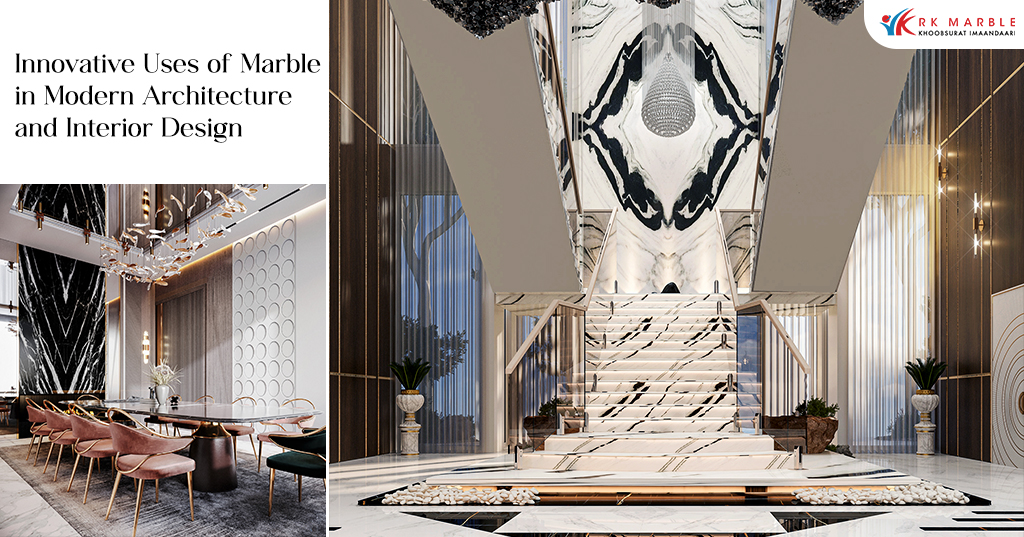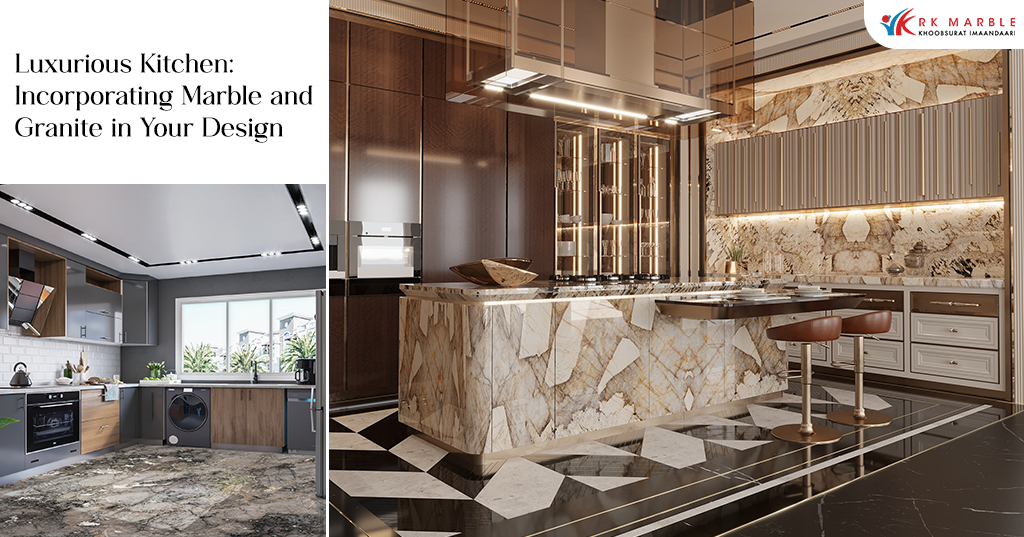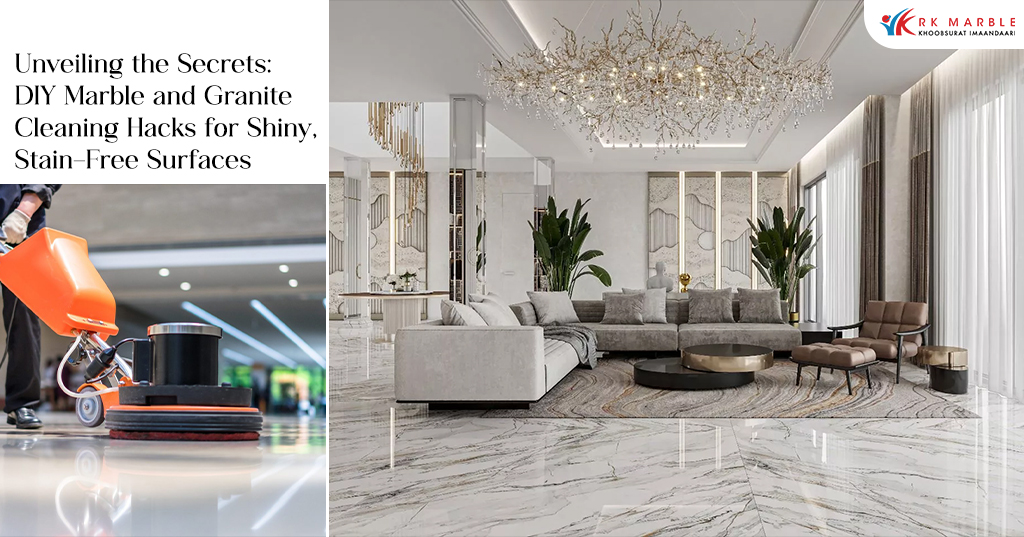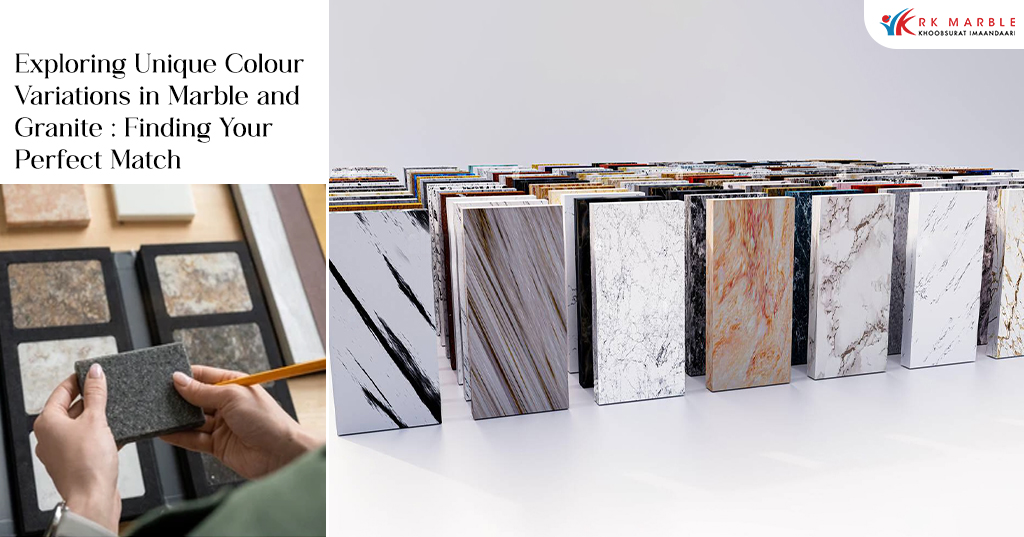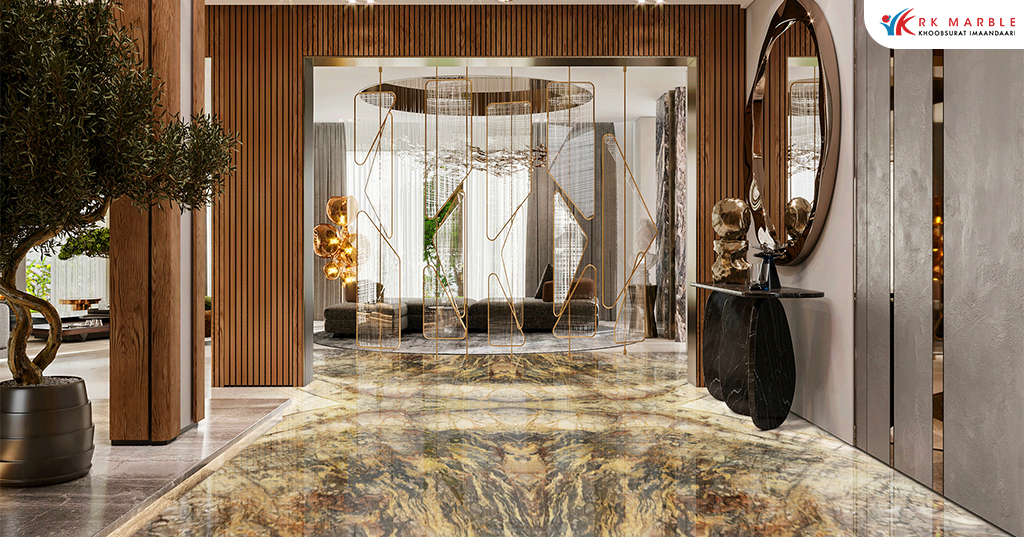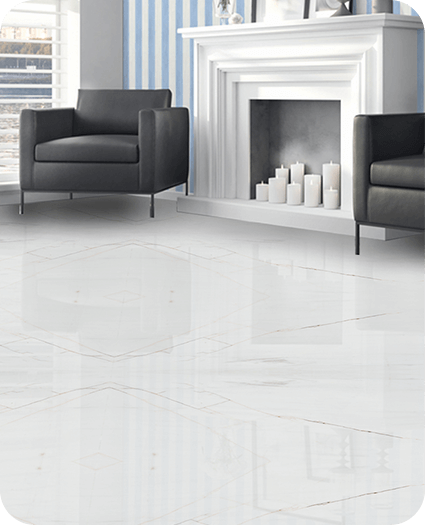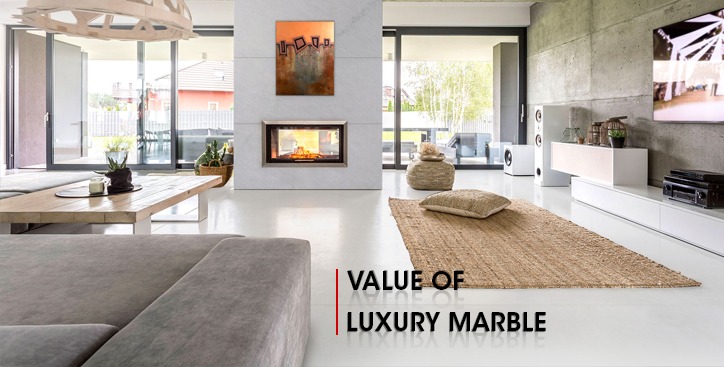
Marble is one of the most desired natural stone for interior designing. While it has a reputation for being costly, marble prices vary greatly depending on many factors – the most important of them being its aesthetic beauty.
You can’t really put a price on the unique patterns that adorn your interiors and elevate ordinary rooms into spectacular spaces.
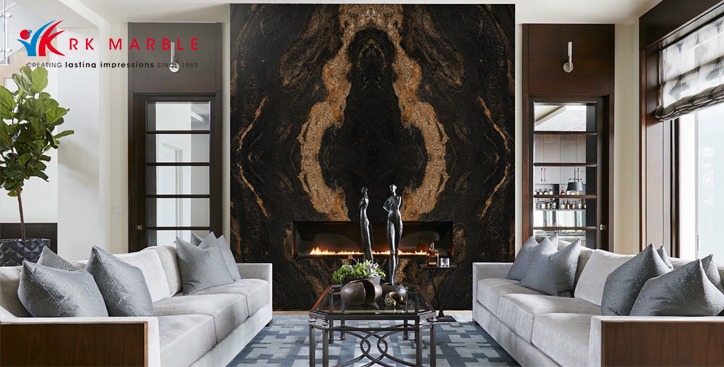
Bellatrix: Exotic black marble with spectacular golden characters
Why is marble so expensive?
Marble is so expensive because of its finite nature, durability and timeless beauty. The natural stone is sought after due to the luxurious experience it extends to any space. Furthermore, the process of converting the raw pieces of rock into opulent slabs of lavishness is energy-intensive. These are a few chief reasons why marble is famously expensive.
Why is Italian marble expensive?
Authentic Italian marble is of extremely high quality with little to no impurities and natural fissures. Italian marble like Carrara White, Calacatta Vagli and Statuario are some of the most sought after white marble. Furthermore, Italy has a rich stone working heritage as Italians were the first to streamline and hone the marble quarrying methods that are used to date.
Read more: What you need to know about Italian Marble in India
Factors that affect the price of marble
Availability
The demand for certain types of marble – for instance, higher quality, with fewer veins and grains, particular colours (such as white and grey), and so on – also drives up the cost.
White marble enriched with calcites tends to be costlier than dolomite marble (coloured) with mineral impurities. Natural variegations are more common than finding pure white marble. White marble quarries are limited and so they cost more than most types of commonly available marble varieties. Some exquisite marble varieties (like Statuario) are only available in one quarry, making it rarer.
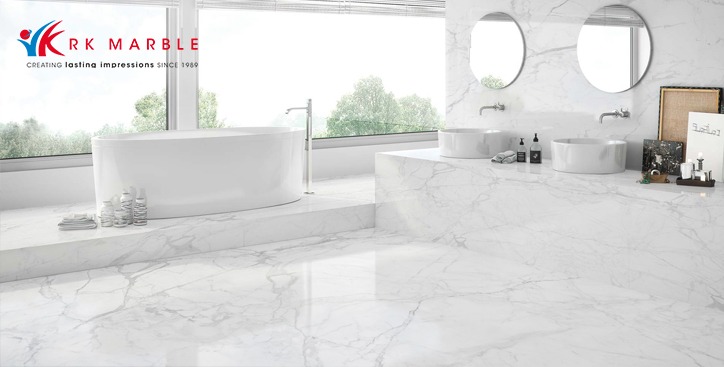
Statuario: Premium Italian white marble
Lifestyle trends
Modern home-owners want to stay up-to-date with lifestyle trends, and that also affects the marble price. For instance, grey marble is in vogue and demanded by forward-looking clients, driving up the cost of the marble category in the market.
Similarly, imported premium marble varieties are rising in popularity, even though they are costlier than the commercial varieties that are found commonly.
Application
Since marble is versatile – you can use it for flooring, cladding, vanity tops or countertops – the application also influences the cost. Obviously, flooring would require more area of marble than countertops. Please note that where you choose to use the marble only affects the gross cost of the marble you buy, not the price of the marble slab itself.
Surface finish
Marble is mostly sold unpolished for flooring, and needs to be polished after installation. However, now there is a range of stimulating 3D surface finishes available that draw attention, especially to the internal cladding.
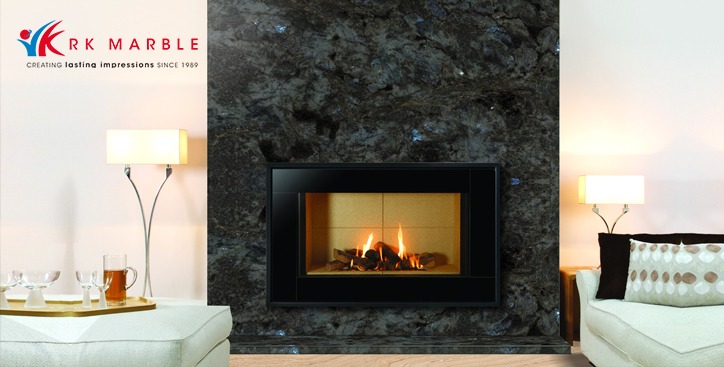
Labradorite: Marble cladding for enchanting interiors
Treatment and processing
How the marble is treated affects its core strength, durability, aesthetics and overall quality. R K Marble provides international-grade marble processed with the revolutionary CHR Treatment in which each marble slab is treated individually by the polymerization process.
Thickness of slab
Another factor that influences the listed cost of the marble is the thickness of the slab. 18mm is the standard thickness of marble that is recommended in India – and preferred by most home-owners. However, 16mm thick marble is also available. Some exotic marble varieties are also available in 20mm.
Most premium marble varieties
Exquisite white marble varieties
Enchanting grey marble varieties
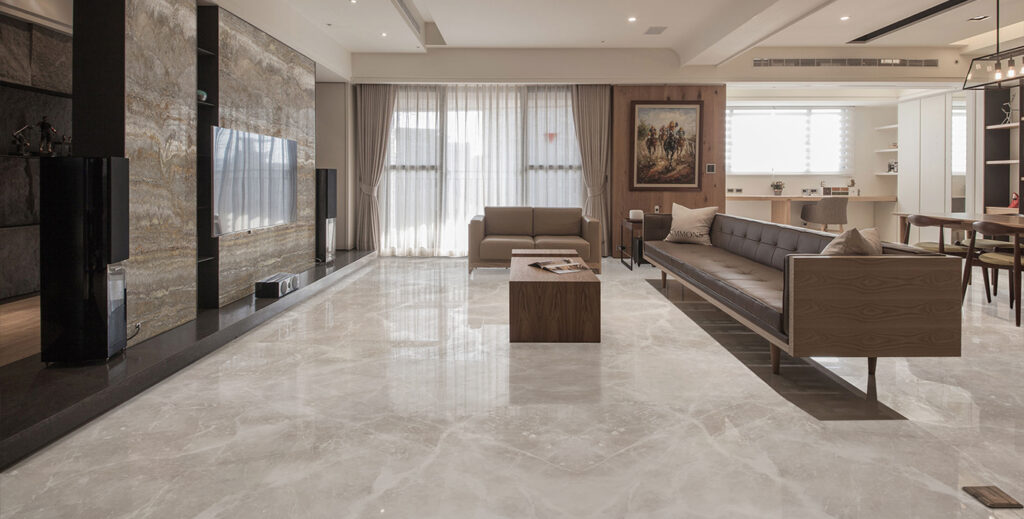
Fantastic Silver: Marble for elegant interiors
Exotic coloured marble varieties
- Bellatrix
- Madagascar
- Patagonia
- Blue Jasper
- Asteroid
- Desert Eagle
- Labradorite
Value over cost
When buying marble, you need to look for value instead of the immediate cost. For instance, it is worth it to pay couple hundred bucks more for everlasting marble that lasts for a lifetime than the one that lasts for only 5-10 years.
Marble is a long-term investment, and you will experience its quality long after you forget its price.
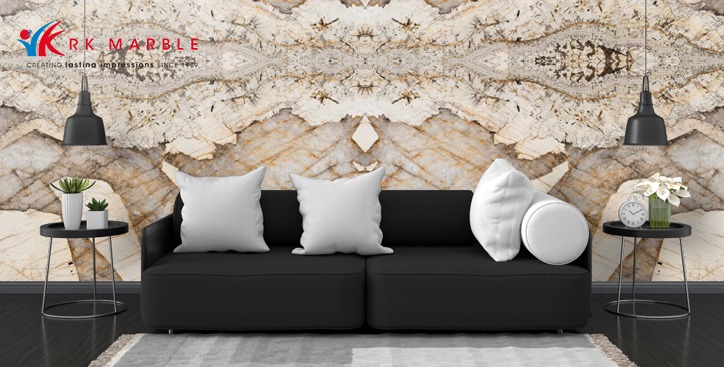
Patagonia: Make a statement with exquisite wall cladding marble
